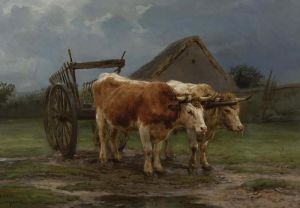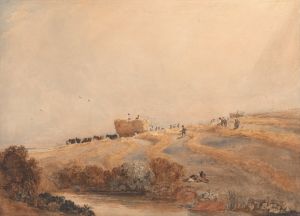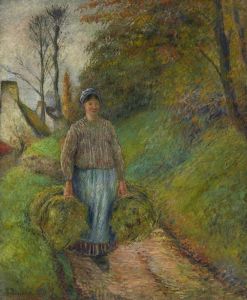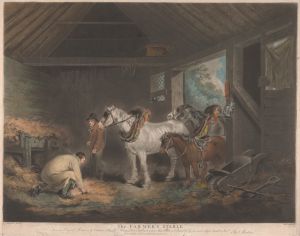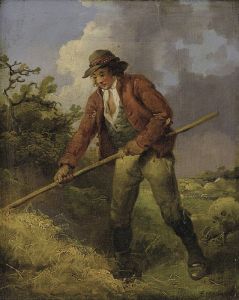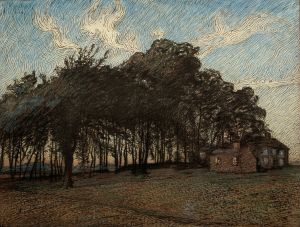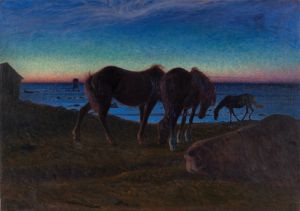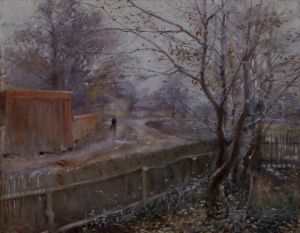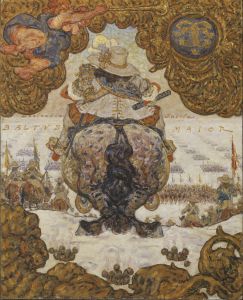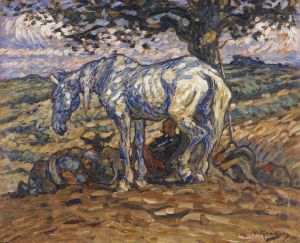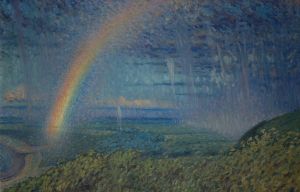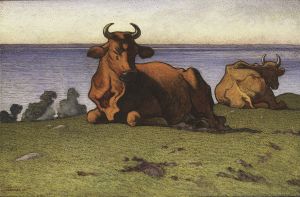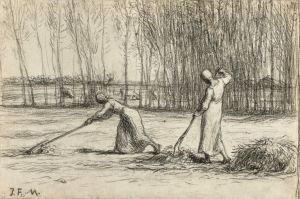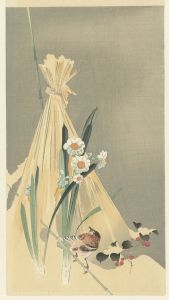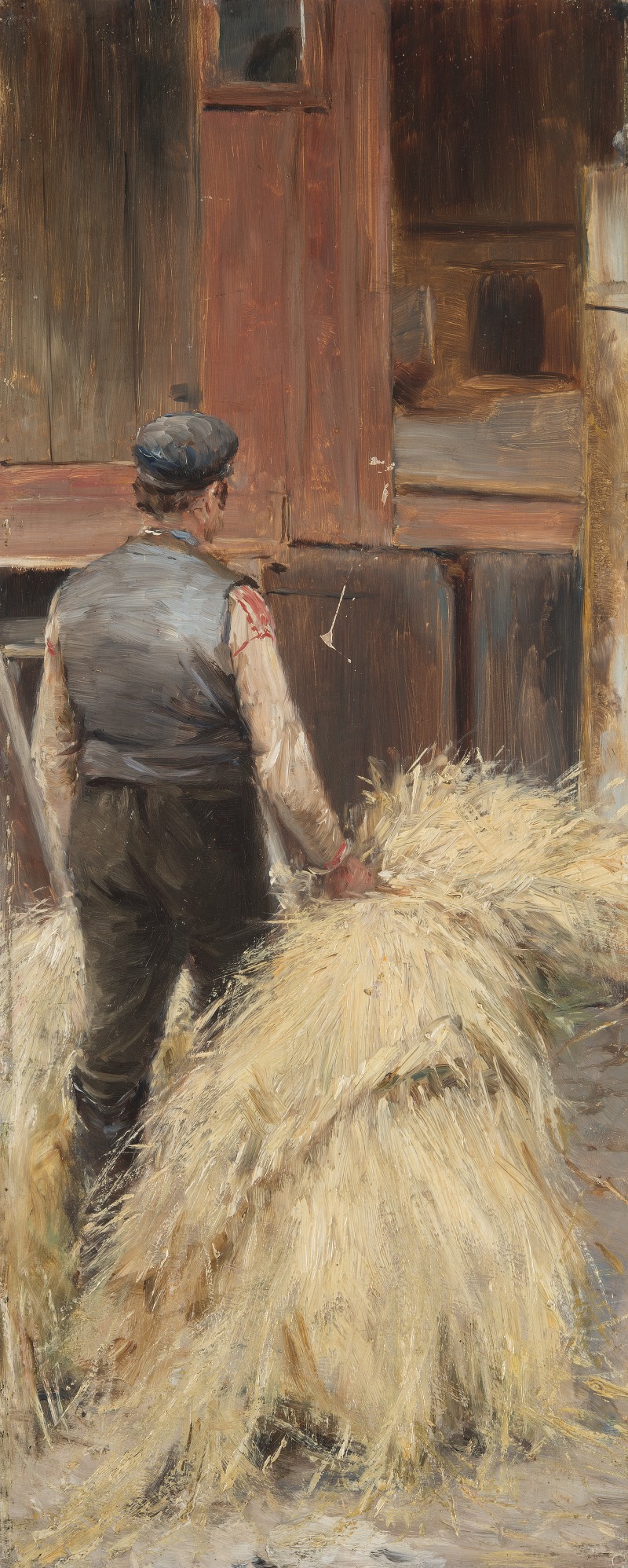
Haymaking
A hand-painted replica of Nils Kreuger’s masterpiece Haymaking, meticulously crafted by professional artists to capture the true essence of the original. Each piece is created with museum-quality canvas and rare mineral pigments, carefully painted by experienced artists with delicate brushstrokes and rich, layered colors to perfectly recreate the texture of the original artwork. Unlike machine-printed reproductions, this hand-painted version brings the painting to life, infused with the artist’s emotions and skill in every stroke. Whether for personal collection or home decoration, it instantly elevates the artistic atmosphere of any space.
"Haymaking" is a painting by the Swedish artist Nils Kreuger, who was born on October 11, 1858, and died on May 11, 1930. Kreuger is known for his contributions to Swedish art, particularly his landscape paintings that often depict rural life and the natural environment of Sweden. He was a prominent figure in the Swedish art community and was associated with the artist colony in Varberg, which played a significant role in the development of Swedish modernism.
The painting "Haymaking" captures a scene of rural labor, focusing on the traditional agricultural activity of harvesting hay. This activity was a common and essential part of rural life, particularly in the late 19th and early 20th centuries when Kreuger was active. The painting likely depicts farmers working in the fields during the summer months, gathering hay to be stored for use as animal fodder during the winter.
Kreuger's style in "Haymaking" reflects his interest in capturing the light and atmosphere of the Swedish countryside. His use of color and brushwork conveys the warmth and brightness of a summer day, as well as the physical effort involved in haymaking. The composition of the painting often includes expansive landscapes with figures integrated into the natural setting, emphasizing the harmony between humans and their environment.
Nils Kreuger was influenced by the French Barbizon school, which focused on realistic depictions of rural life and landscapes. This influence is evident in his attention to detail and the naturalistic portrayal of the scene in "Haymaking." Kreuger’s work also shows the impact of his time spent in Paris, where he was exposed to various artistic movements and techniques that he later incorporated into his own style.
Throughout his career, Kreuger remained dedicated to depicting the Swedish landscape and the lives of its rural inhabitants. His paintings are celebrated for their ability to capture the essence of the Swedish countryside and the changing seasons. "Haymaking" is a testament to his skill in portraying the beauty and simplicity of rural life, as well as his deep connection to the land and its people.
Today, Nils Kreuger’s works, including "Haymaking," are held in high regard and can be found in various museums and collections, particularly in Sweden. His contributions to Swedish art have left a lasting legacy, and his paintings continue to be appreciated for their historical and artistic significance.





